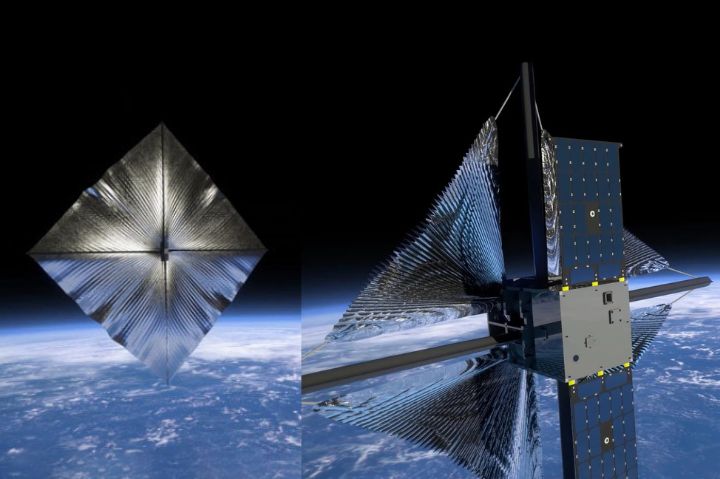NASA’s latest mission has taken a dramatic turn as its $20 million Advanced Composite Solar Sail System (ACS3) is hurtling through space uncontrollably. The cutting-edge spacecraft, equipped with reflective sails designed to test solar propulsion, experienced a critical malfunction, leaving it tumbling out of control.
The trouble began when a structural beam, known as a “boom,” bent during the deployment of the sails, throwing the spacecraft off course. Engineers initially turned off the spacecraft’s attitude control system—which manages its orientation—to address this issue, but it’s now tumbling helplessly as NASA scrambles to resolve the crisis.
The mission, launched in April from New Zealand, was intended to revolutionize space travel by using solar sails powered by sunlight, mimicking the way wind powers a sailboat. If successful, it could drastically cut the costs of deep space missions by reducing the need for traditional fuel.
For now, NASA’s team is racing against time to reposition the microwave-sized spacecraft and fix the sails. The aim is to orient the sails toward the sun to regain stability and re-establish communication with Earth. Once engineers regain control, they hope to resume testing the spacecraft’s maneuvers.
This setback is a major hurdle for NASA, which is eager to prove that solar propulsion could be the future of deep space exploration. While the team works to bring the craft under control, the mission hangs in the balance—another twist in humanity’s relentless quest to conquer the cosmos.












